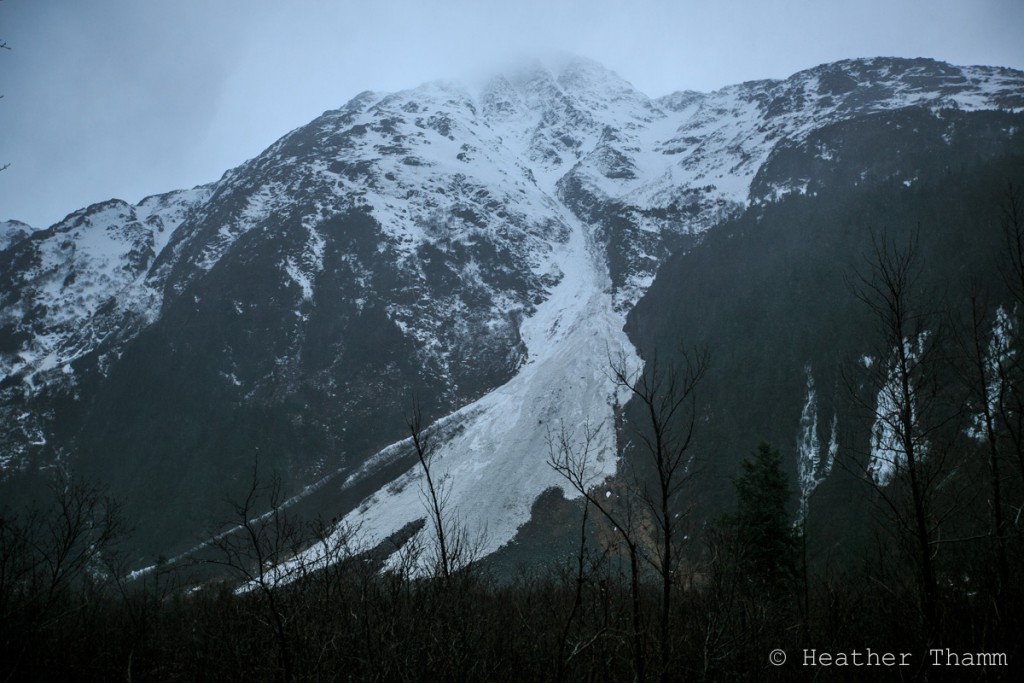Turnagain Pass
|
|
CONSIDERABLE avalanche danger exists both in the Alpine and at Treeline. Due to a four day rain event wet saturated snow up to 3′ thick could be triggered below 2500′. At higher elevations heavy snow is sitting on top of cold weak snow below making it possible to trigger a large slab avalanche up to 4′ thick on all aspects. Avoid steep slopes and high consiquence terrain features. Careful snowpack evaluation, cautious route finding and conservative decision-making are essential skills if venturing into the mountains today.
No Rating below Treeline (below 1000′) means there is currently not enough snow to produce an avalanche at this elevation band.
DANGEROUS AVALANCHE CONDITIONS REMAIN IN MANY AREAS around Southcentral Alaska.
Due to high avalanche danger the East Hatcher Pass Management Area is closed to public use until further notice. For current information visit DNR Newsroom and hatcherpassavalanchecenter.org
The search for a missing skier in Hatcher pass continues today. Click HERE for latest media release from the Hatcher Pass Avalanche Center.
An avalanche was reported yesterday near Anchorage in the Front Range on the Powerline Pass trail. Limited information is known at this time, but warrents extra caution on all hiking trails near steep terrain in Southcentral Alaska. Click here for observation and photos.

